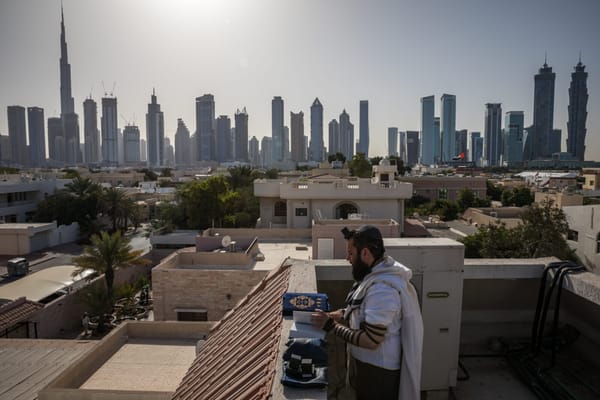Lucknow Dispatch
“The saviors of religion [in Kashmir] ordered all Muslim women to adopt the hijab by September 10, 2001. Women did because they did not want acid to be thrown in their faces.... When Roop Kanwar became a Sati with her husband, the event was glorified by the guardians of Hinduism. When it comes to wo









